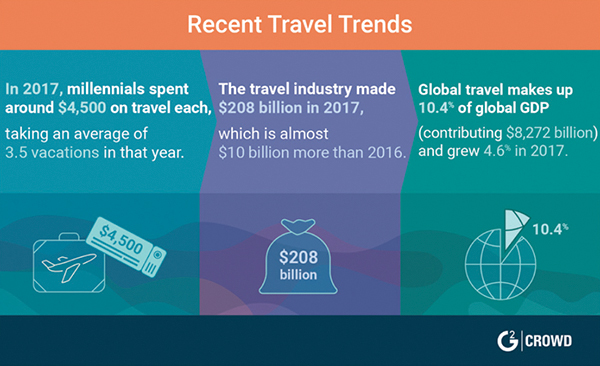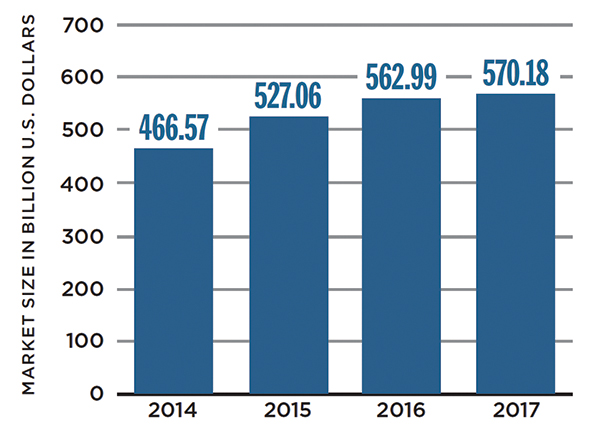News & Trends Impacting the Travel & Hospitality Supply Chain

Secrets to Good Hospitality
These steps can springboard your organization to new heights of cost efficiency.
1. Stay up to date on pricing changes and market dynamics. Tracking price fluctuations, understanding supply and demand, as well as seasonality, is essential for every product in your pipeline.
2. Consider alternate brands and suppliers in your food and beverage operations. While a strong relationship with suppliers is critical, never be shy about rotating in new items to quickly and dramatically reduce your costs.
3. Aspire to as few deliveries as possible. One delivery of $4,000 means lower transportation and labor costs than eight deliveries of $500. Always consolidate deliveries.
4. Plan the timing of your orders carefully. Allow plenty of lead time for your order to ensure availability and reduce the stress of not having a product available. Suppliers may offer discounts during specific times of the year, due to seasonality or lower demand. Capitalize on that, even if it’s far in advance. If you expect prices to jump on essential products, order them now.
5. Consider total cost of ownership (TCO). When choosing between items, consider the long-term costs as well as the original price. The purchase with the lower TCO will make for a better value over time. Consider preparation time, brand, durability, warranty, customer expectations, and waste.
6. Calculate rent vs. own and outsource vs. in-house. Undertake a detailed analysis of procurement, maintenance, repair, and replacement costs. Renting can save upfront capital outlay and reduce operational costs, but owning offers lower long-term cost and constant availability. Outsourcing offers more flexible scheduling, while in-house labor gives you more control over your labor force.
7. Implement receiving guidelines. Check all receivables to ensure you’re getting exactly what you asked for. Check the weight, temperature, count, shelf life, and condition of goods. If you see any visible signs of damage to a box or crate, open it and inspect. If there’s any damage or spoilage, you must refuse the delivery.
SOURCE: Chip McIntyre, SVP, Strategic Sourcing, Avendra
Checking in With the Hotel Industry
Global hotel industry market size (2014-2017), in U.S. millions
The global hotel industry falls under the umbrella of the travel and tourism industry, which contributed $8.27 trillion to the global economy in 2017. Travelers who are on the road for more than a day need a place to sleep and rest, and various types of lodging across the world can accommodate them.
The global occupancy rate (the share of total rooms available that are occupied or rented at a given time) of hotels in most regions increased over the previous five years. Europe had the highest occupancy rate in 2016 at 70.4 percent, closely followed by the Asia Pacific region at 69 percent. In the same year, the Middle East and Africa were the most expensive regions for hotels with an average daily rate of $149.02. The cheapest region for the past two years was Asia Pacific.

